-
 © Collecting Cars
© Collecting Cars -
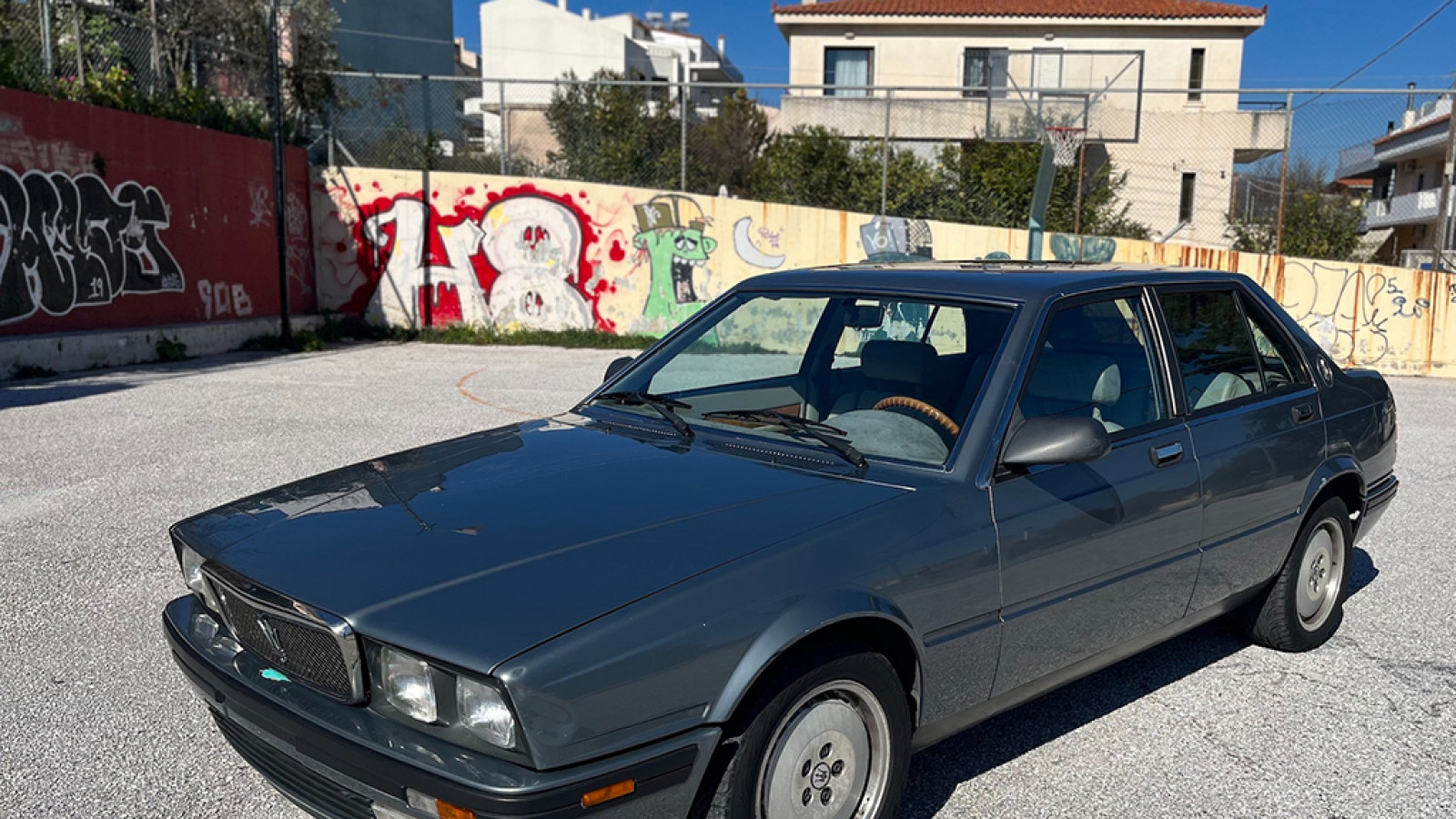 © Collecting Cars
© Collecting Cars -
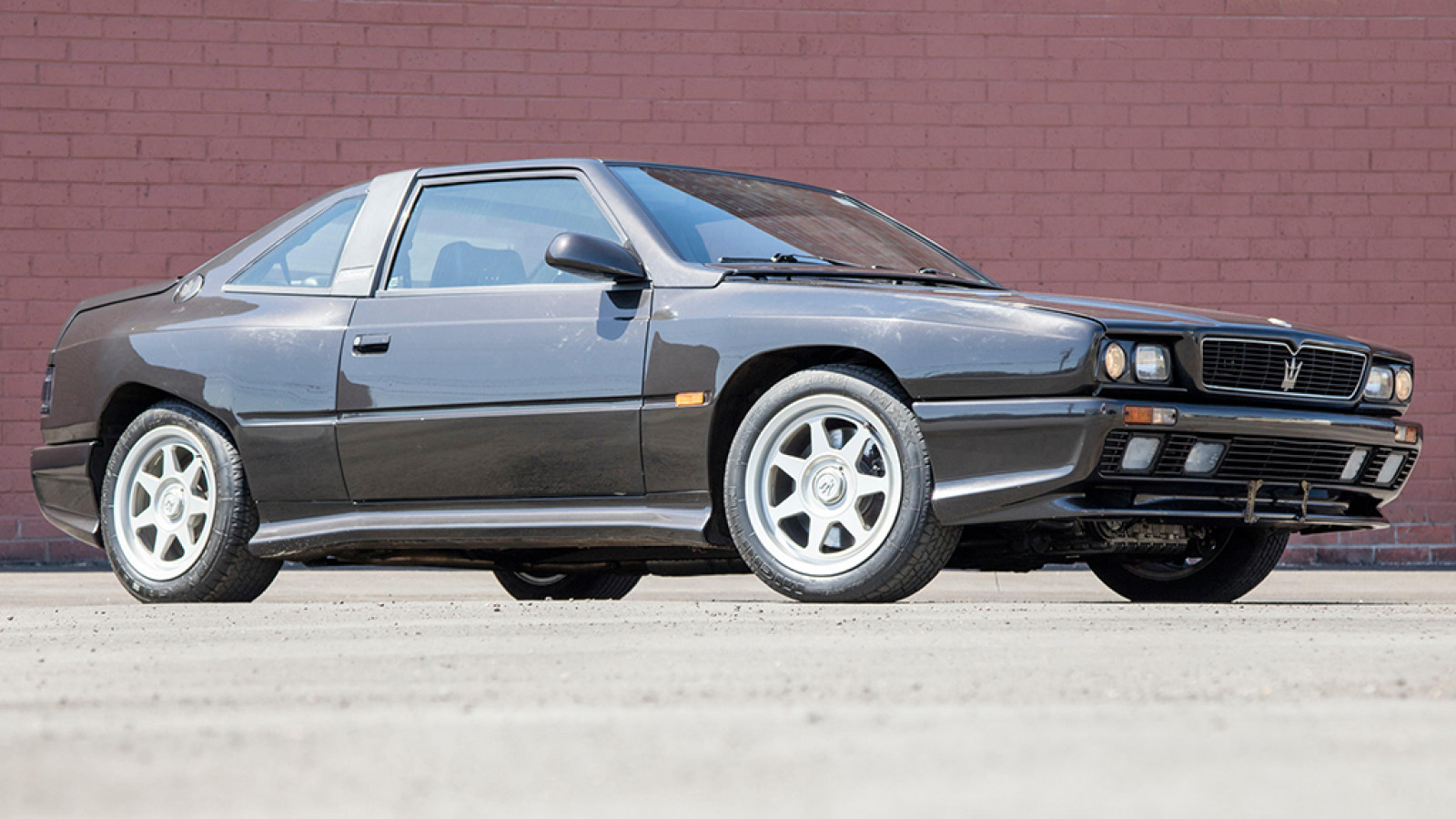 © Bonhams
© Bonhams -
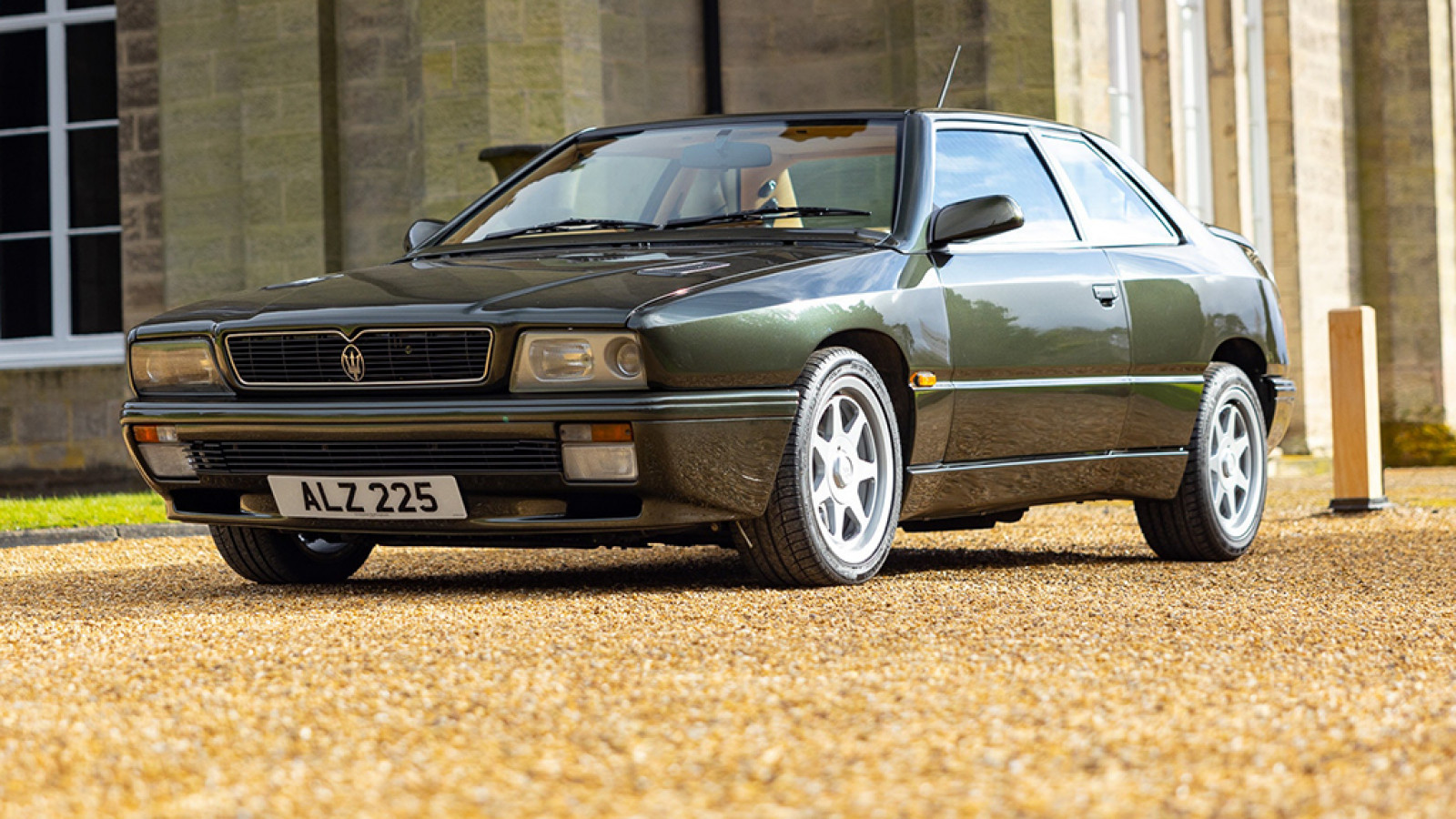 © Collecting Cars
© Collecting Cars -
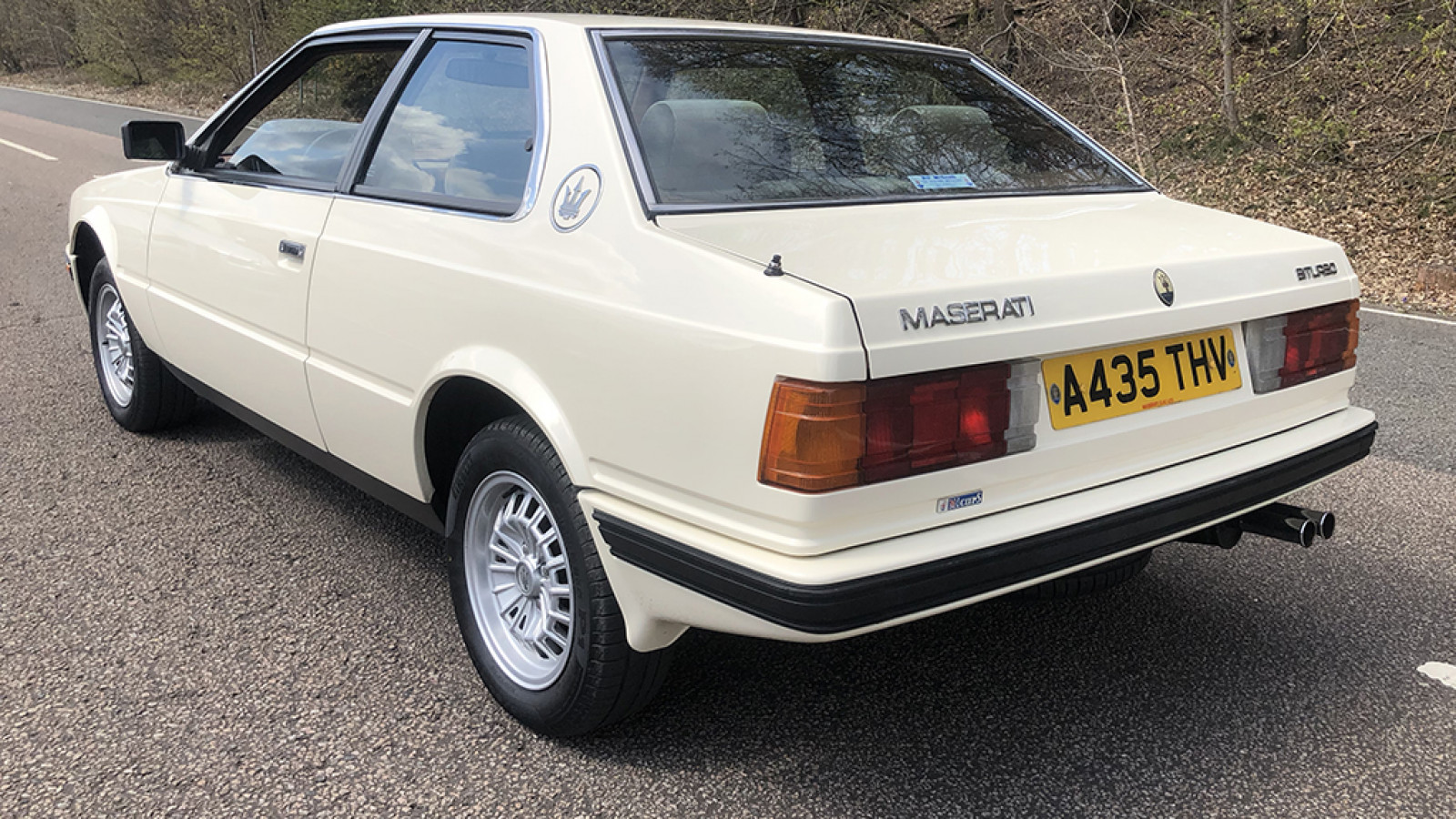 © Vintage Tyres
© Vintage Tyres -
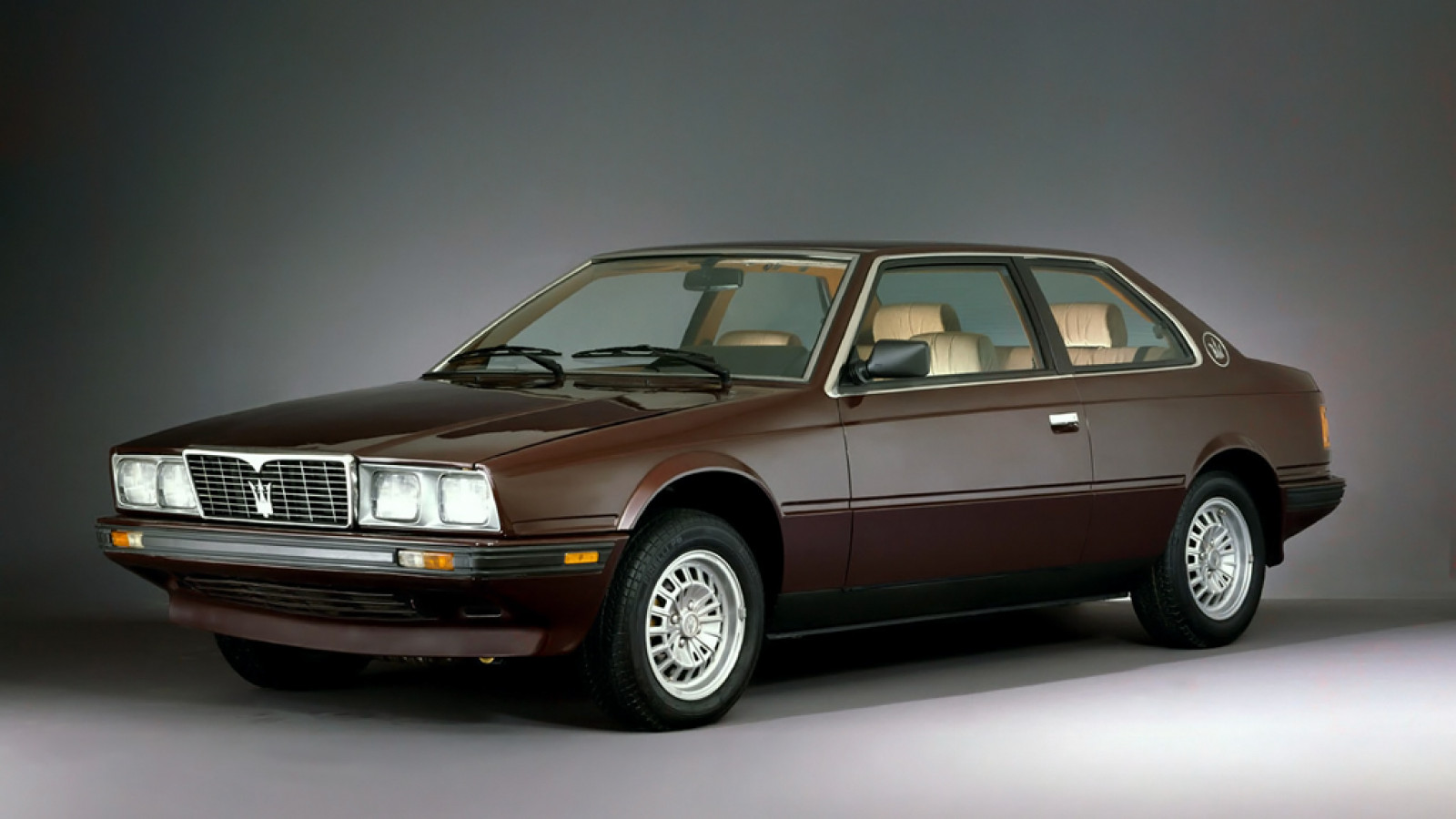 © Maserati
© Maserati -
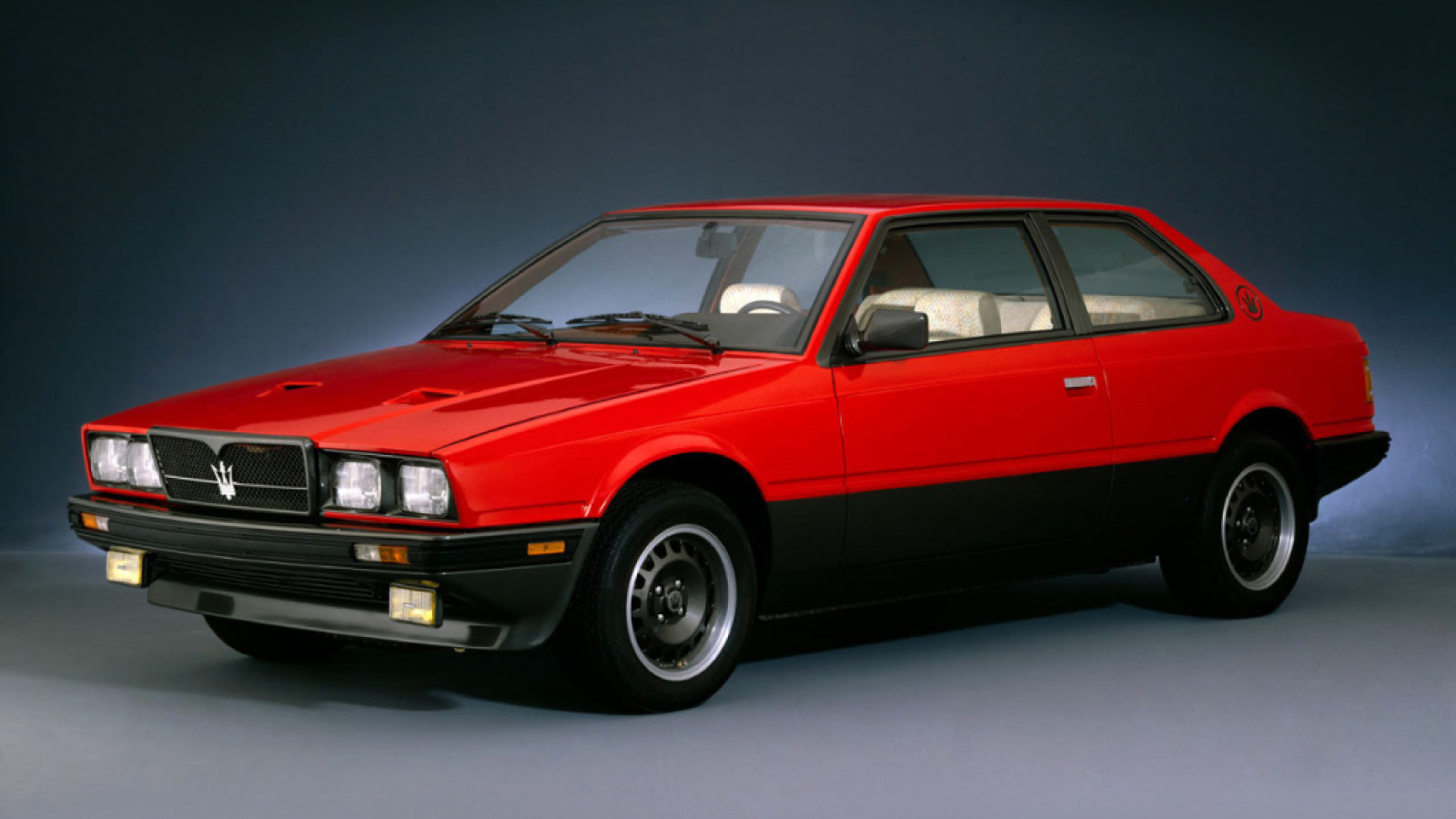 © Maserati
© Maserati -
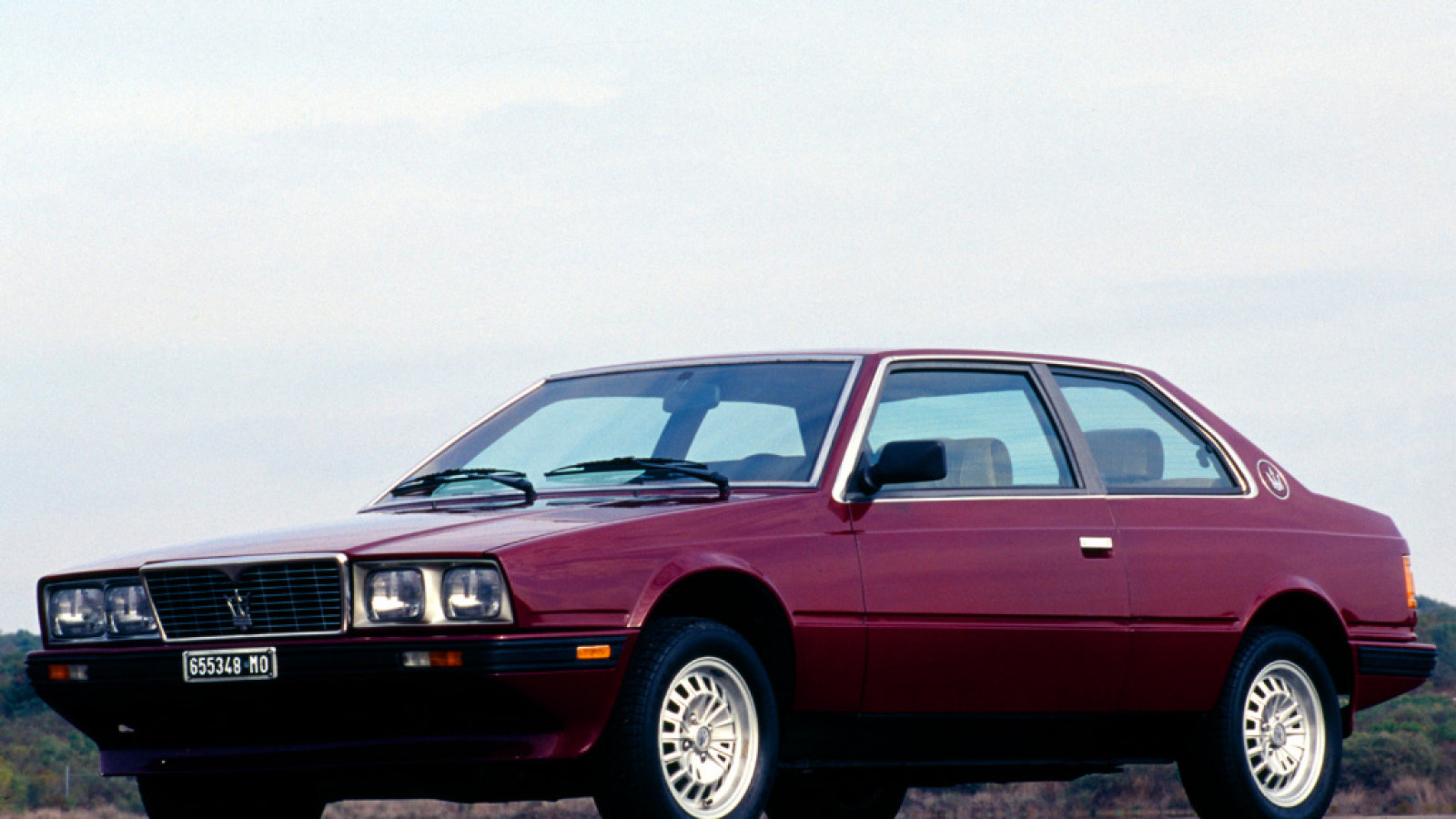 © Maserati
© Maserati -
© RM Sotheby’s
-
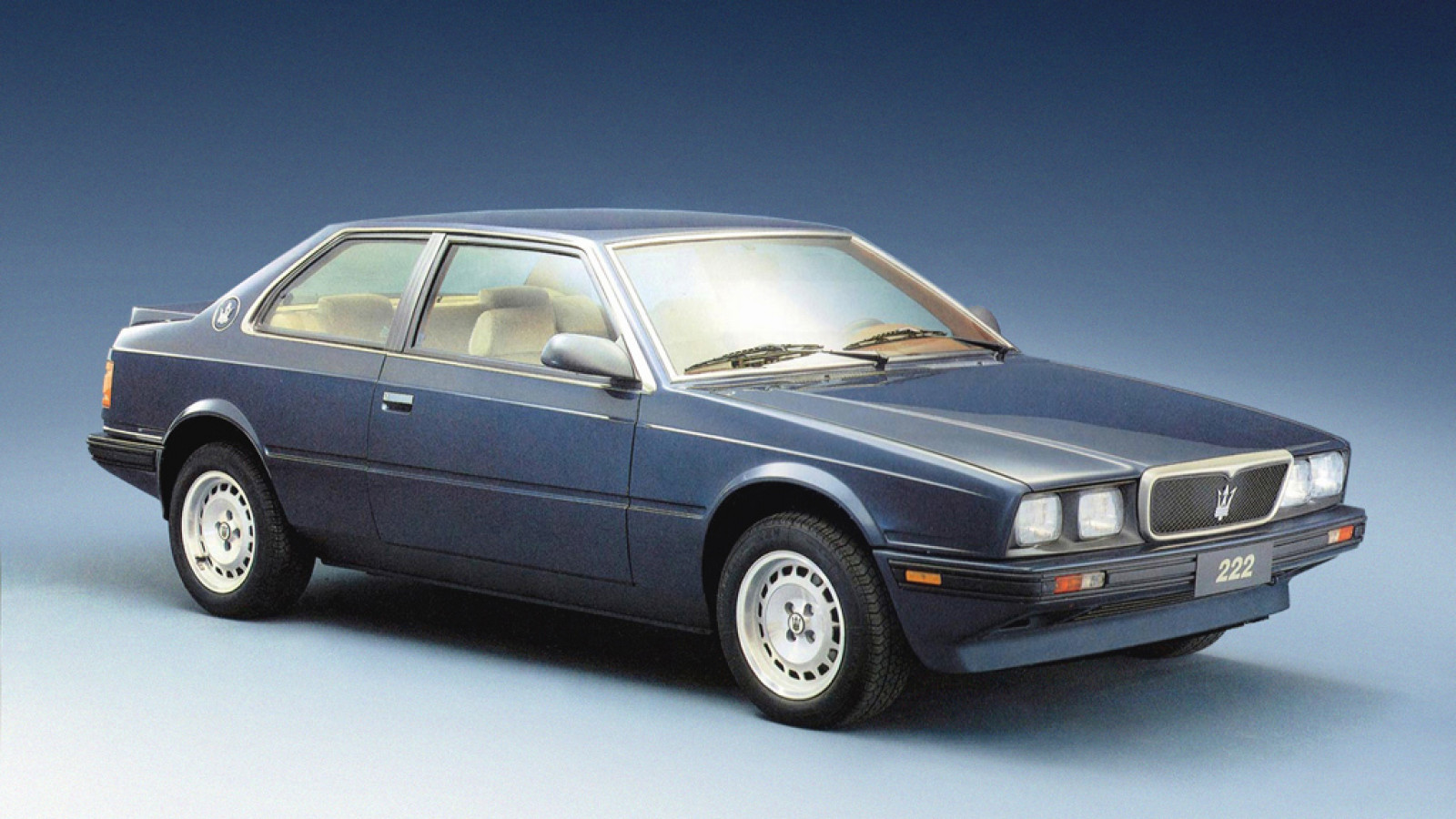 © Maserati
© Maserati -
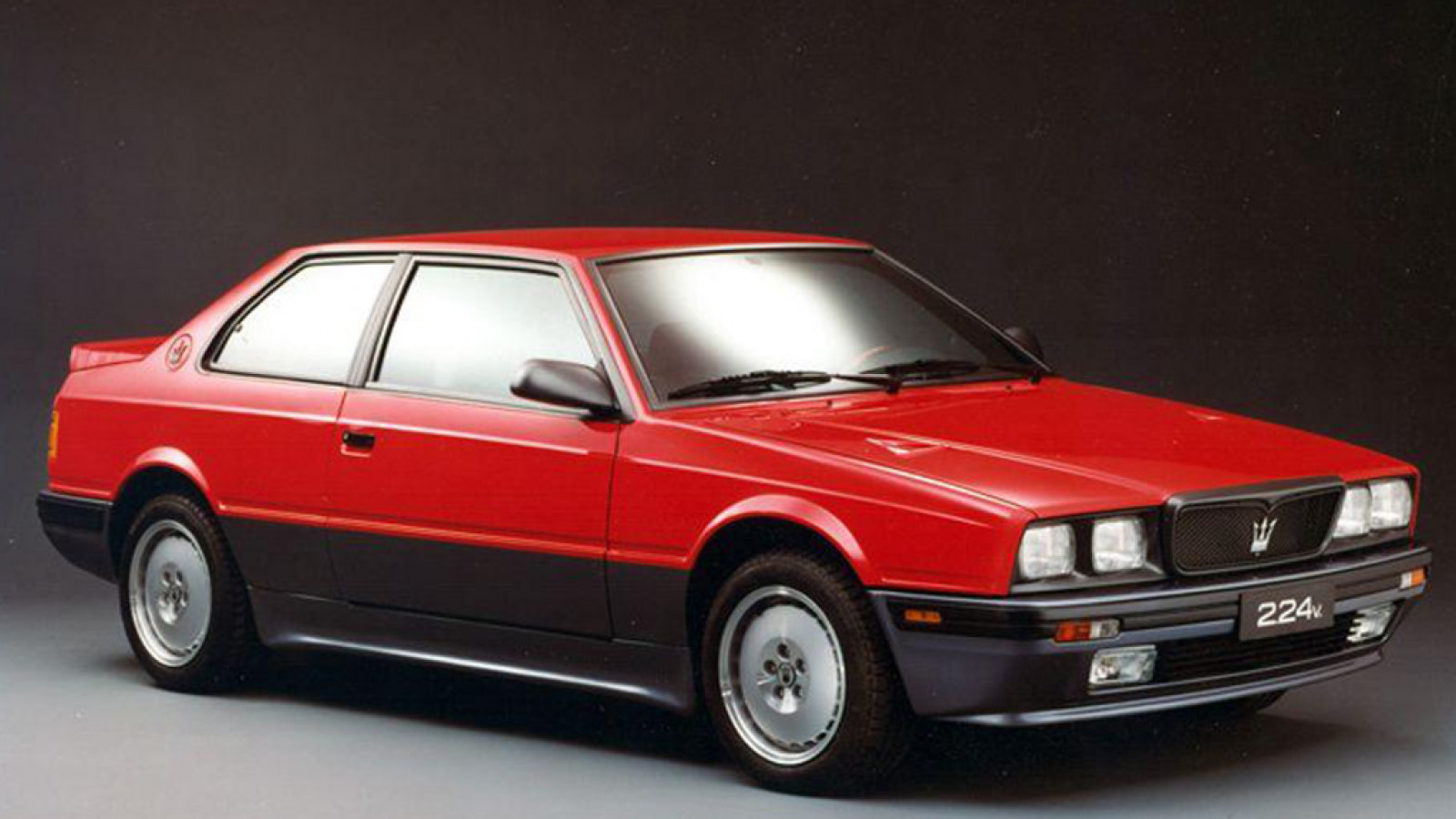 © Maserati
© Maserati -
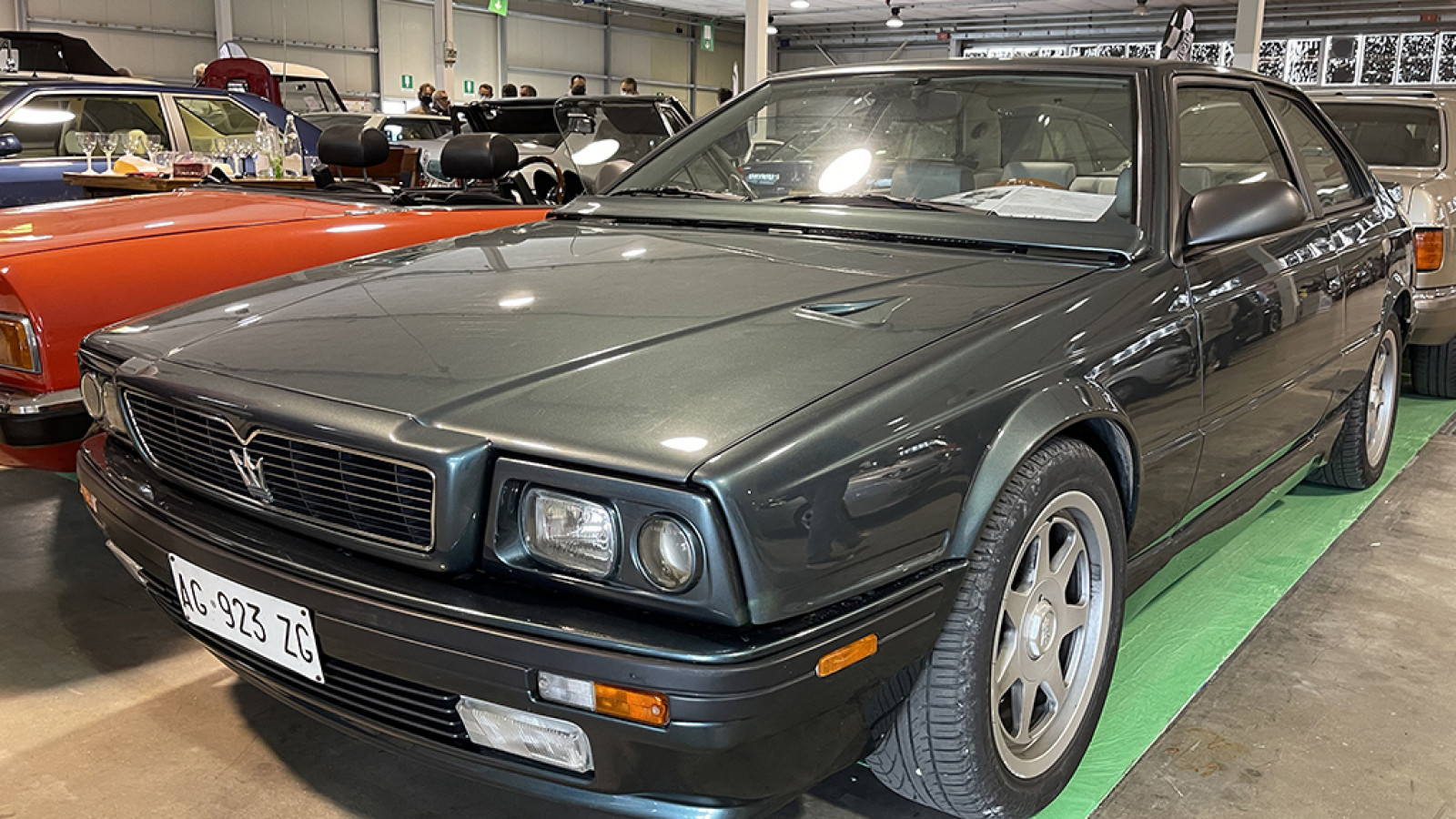 © Vintage Tyres
© Vintage Tyres -
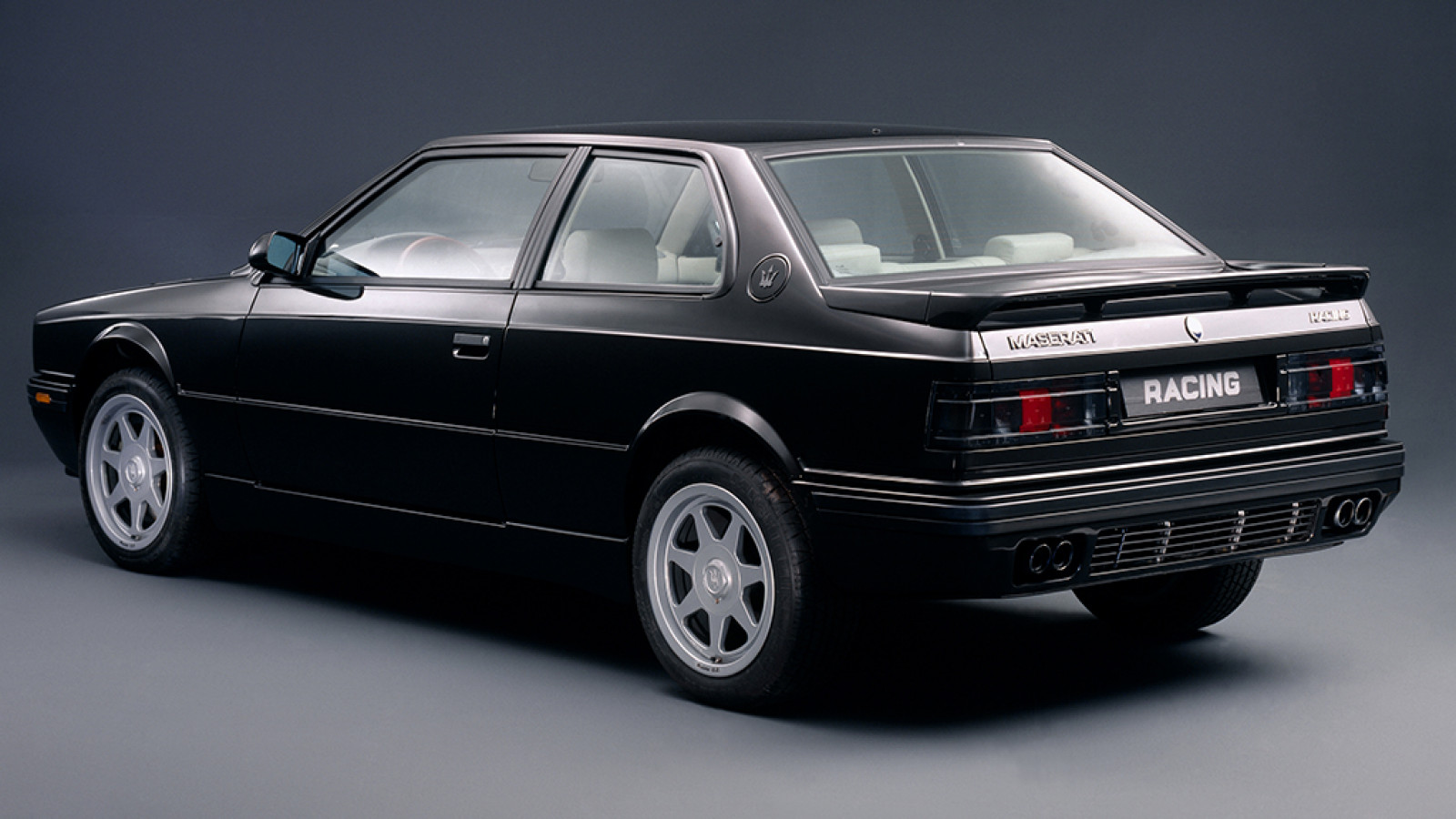 © Maserati
© Maserati -
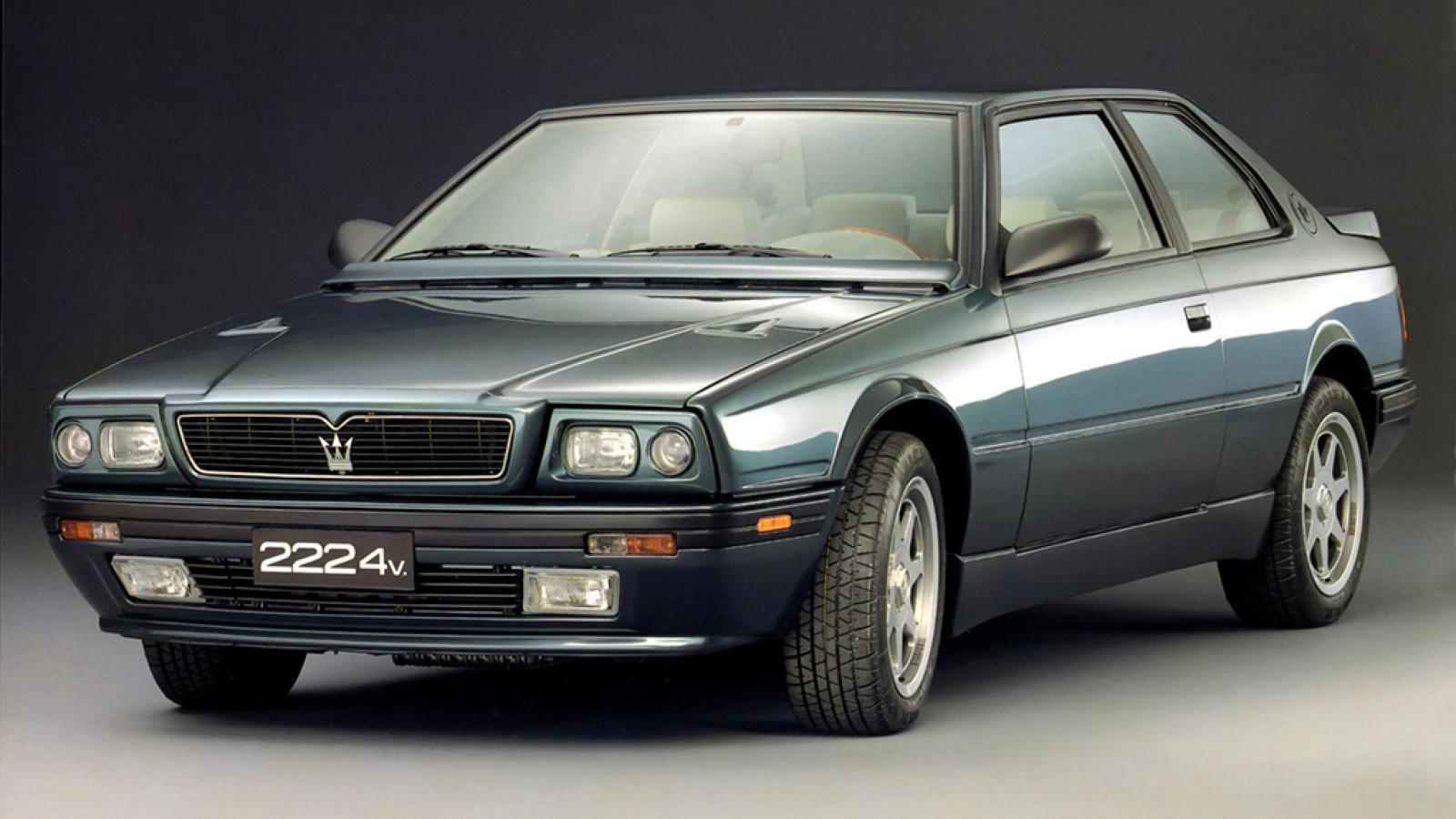 © Maserati
© Maserati -
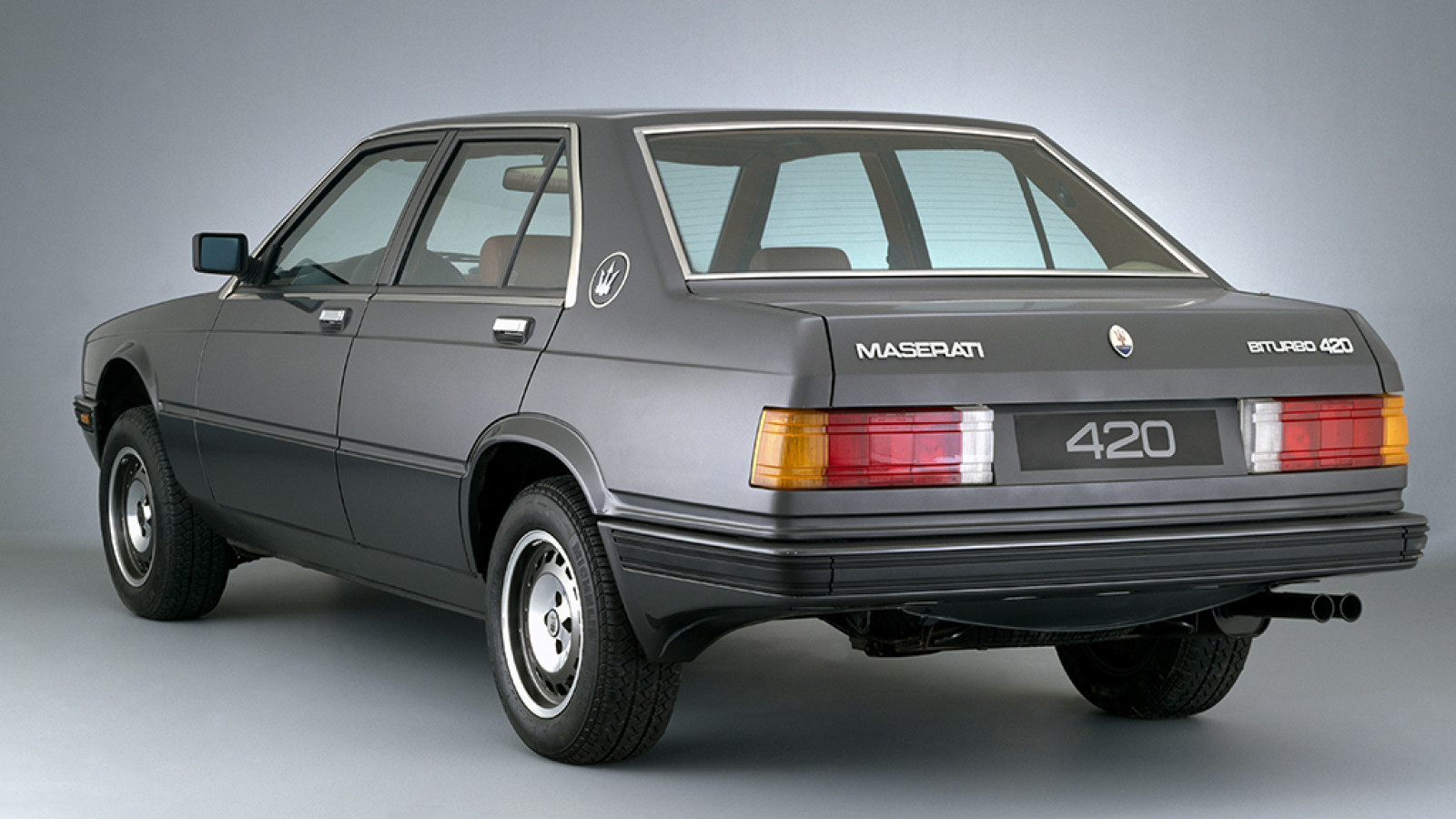 © Maserati
© Maserati -
 © Maserati
© Maserati -
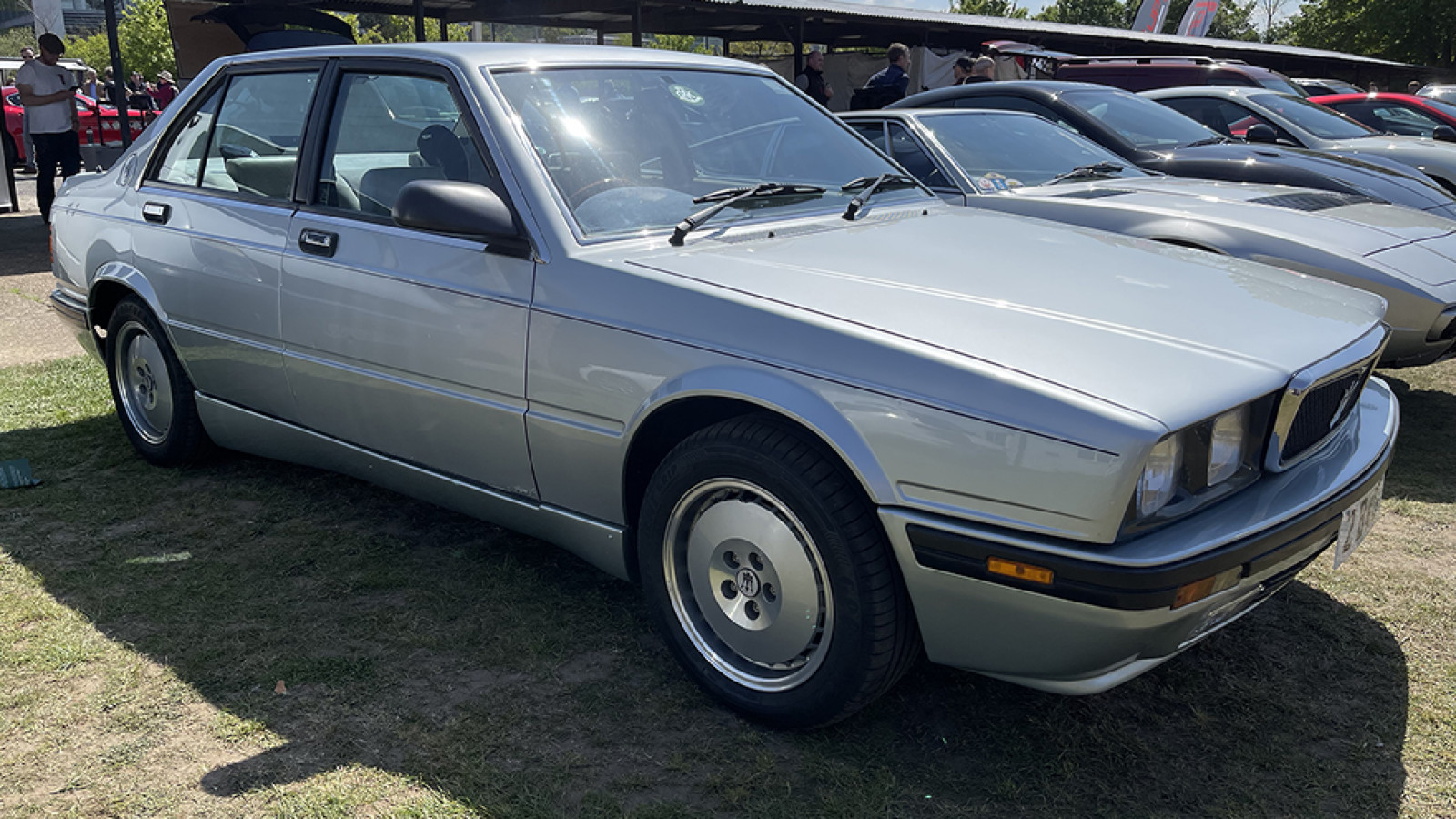 © Vintage Tyres
© Vintage Tyres -
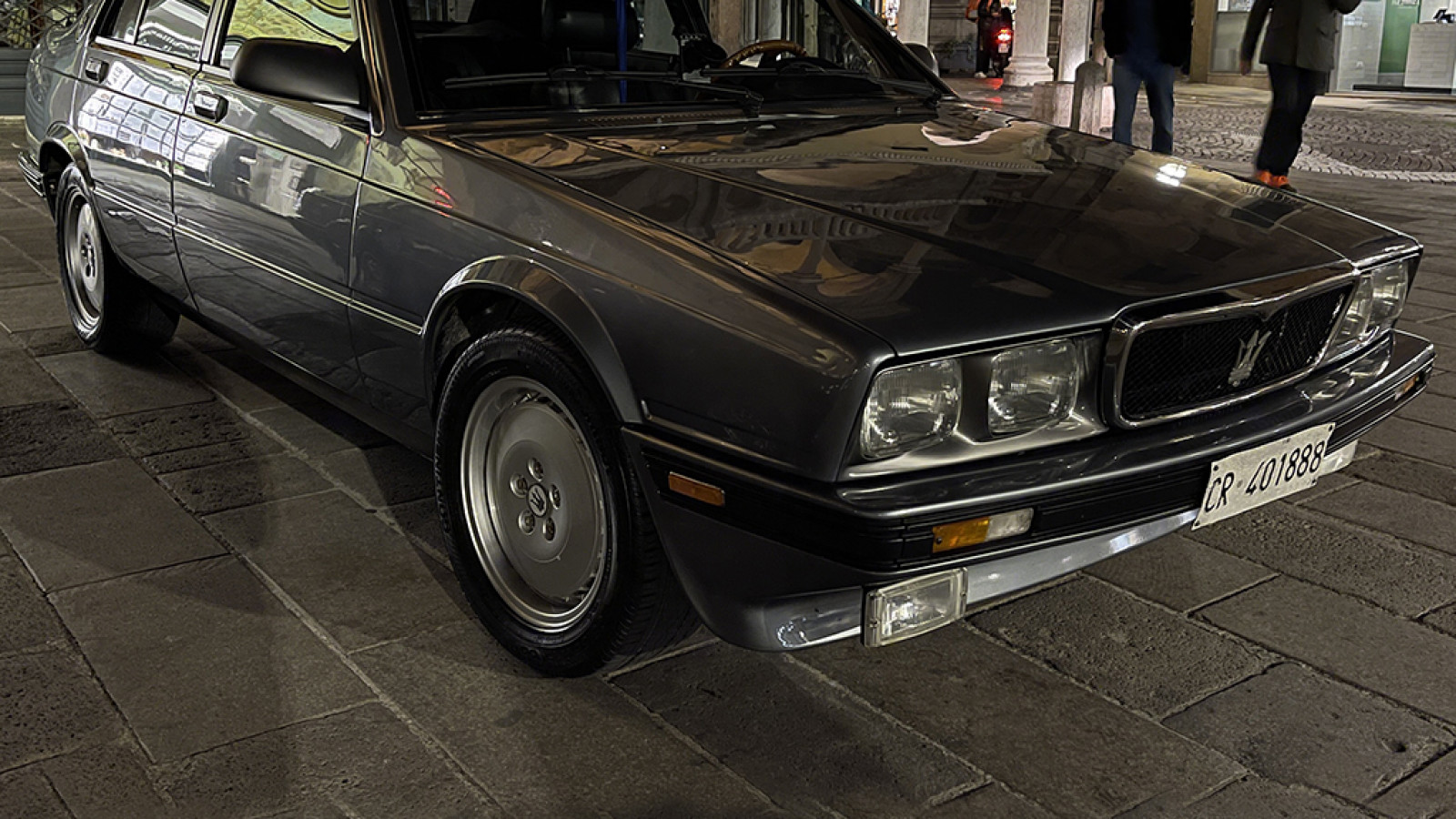 © Vintage Tyres
© Vintage Tyres -
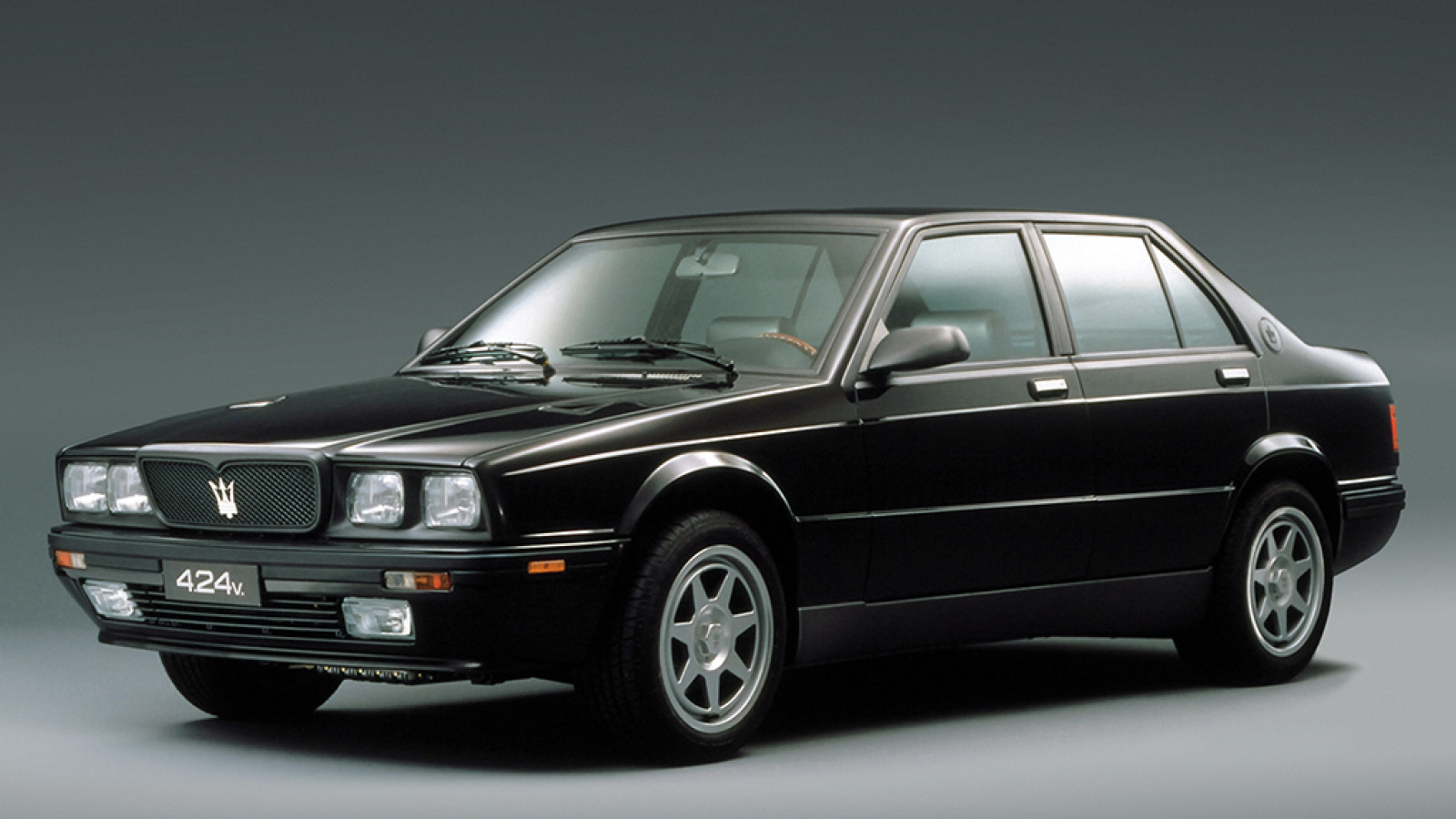 © Maserati
© Maserati -
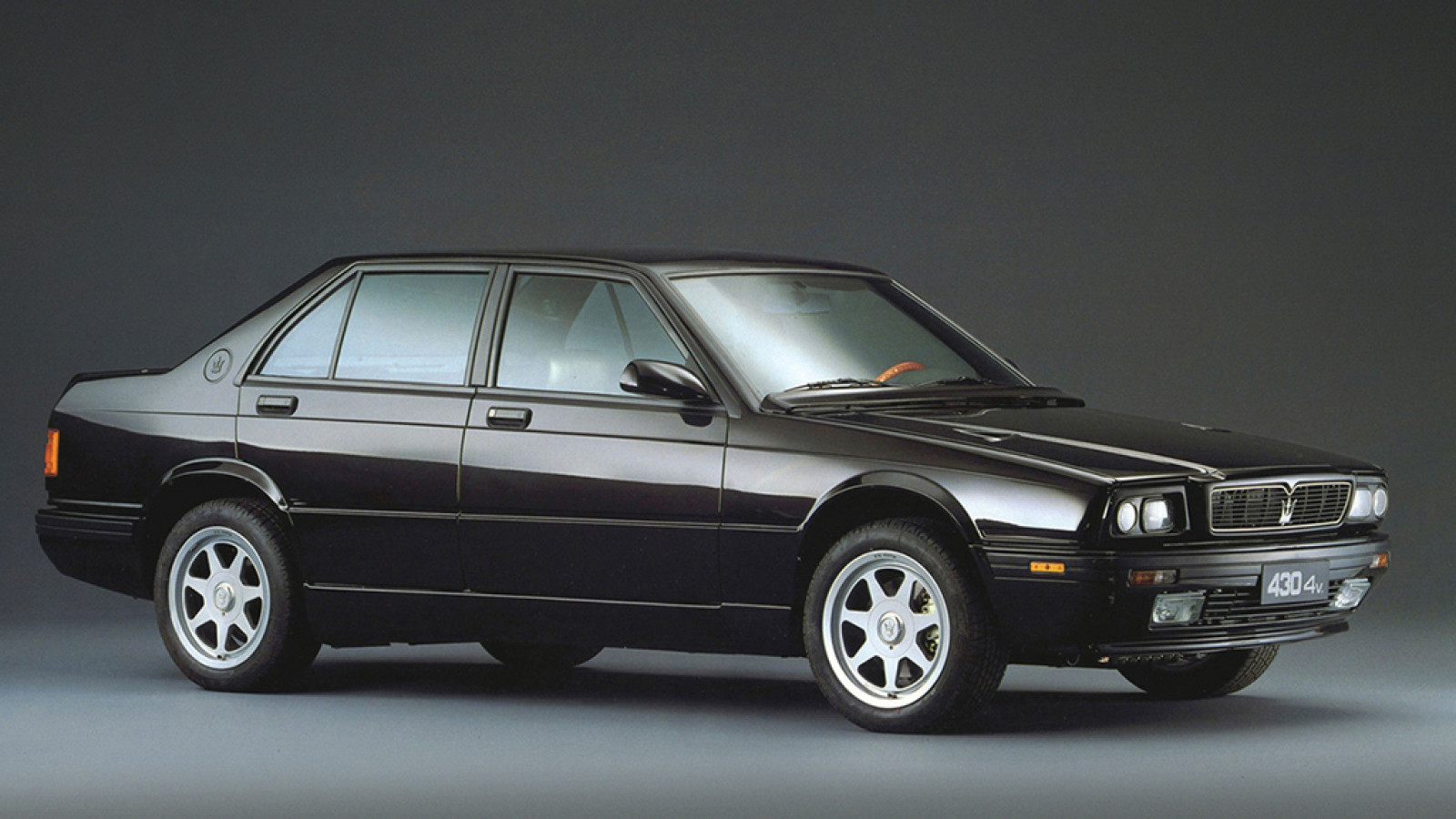 © Maserati
© Maserati -
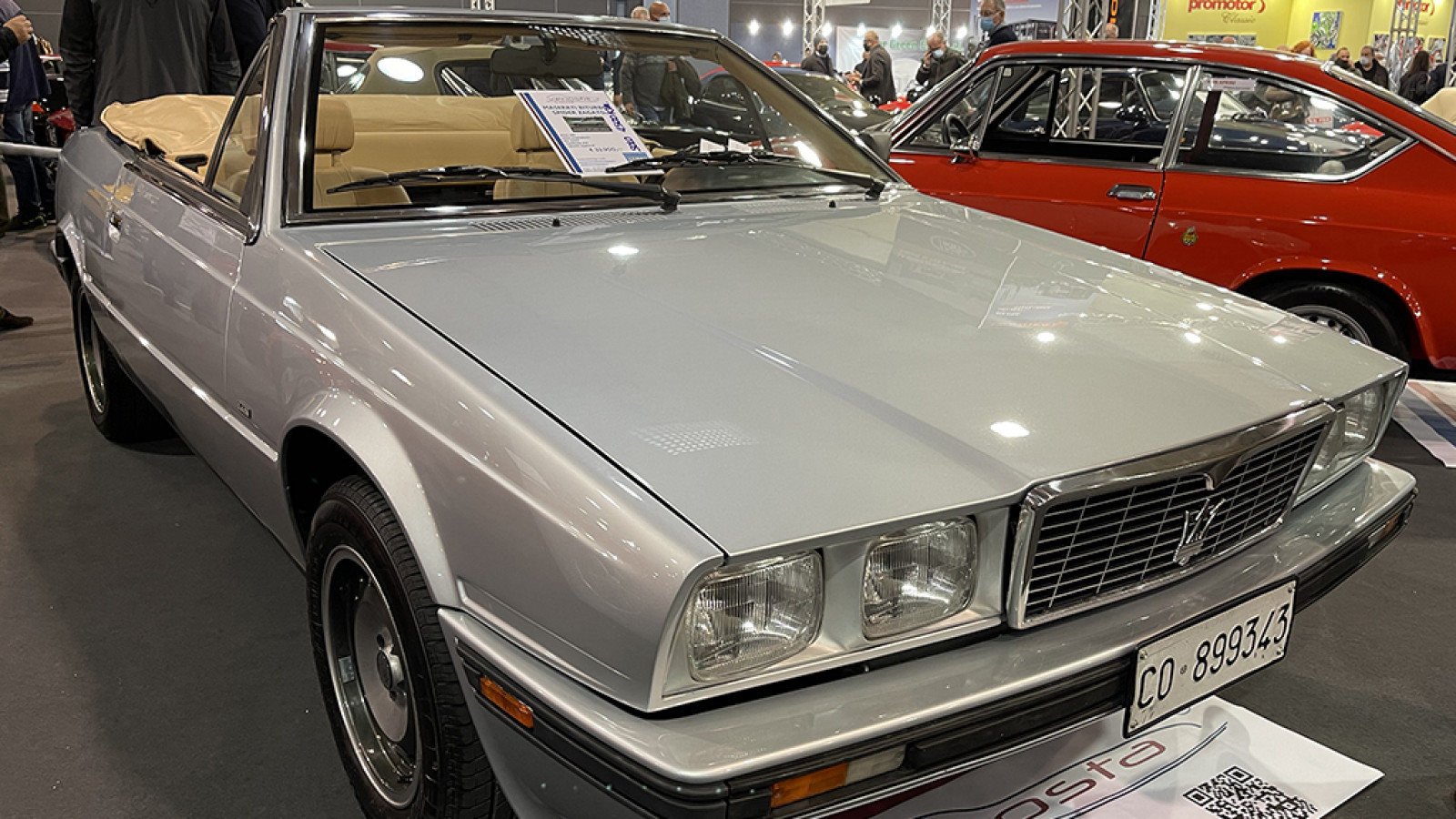 © Vintage Tyres
© Vintage Tyres -
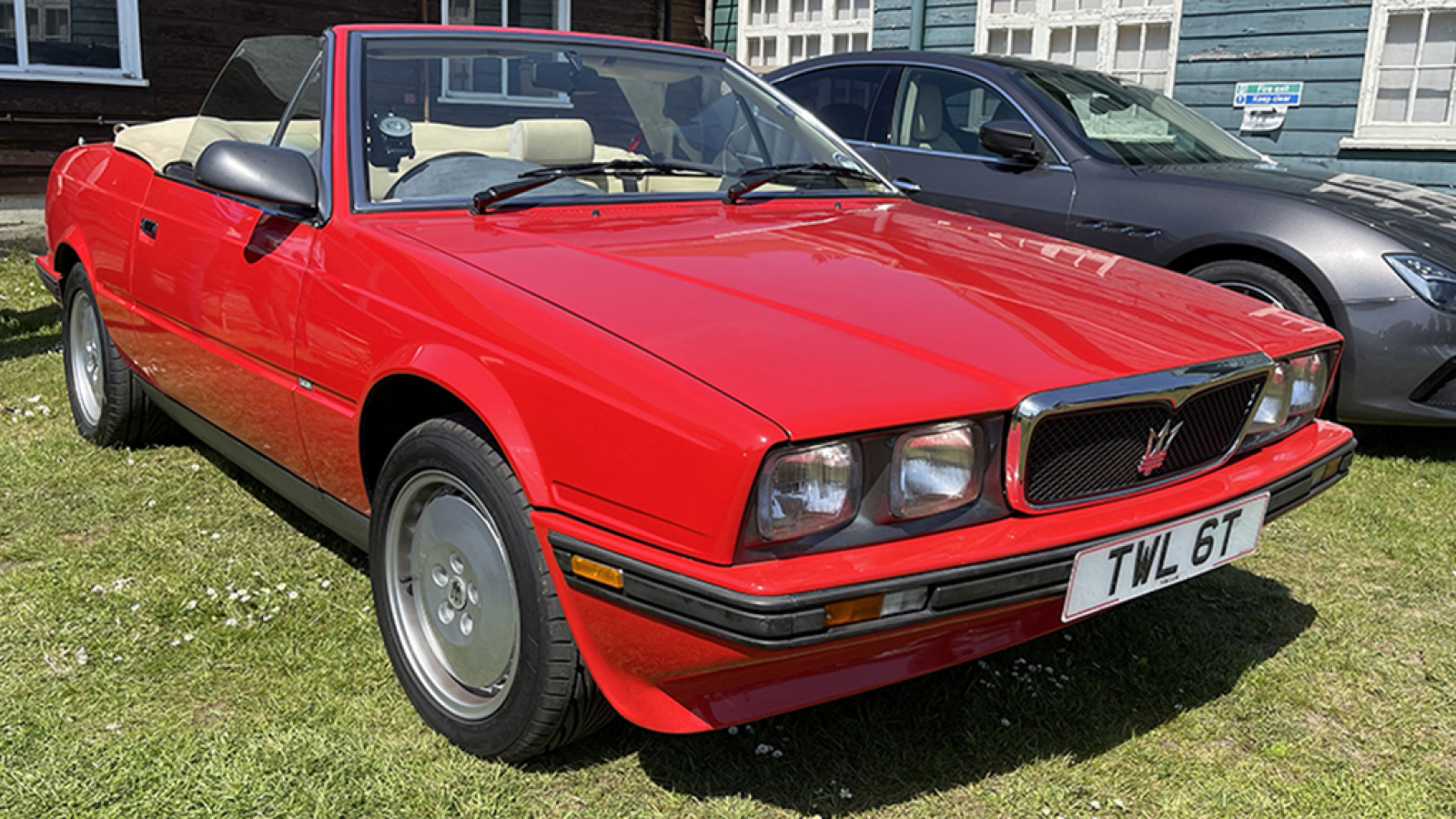 © Vintage Tyres
© Vintage Tyres -
 © Vintage Tyres
© Vintage Tyres -
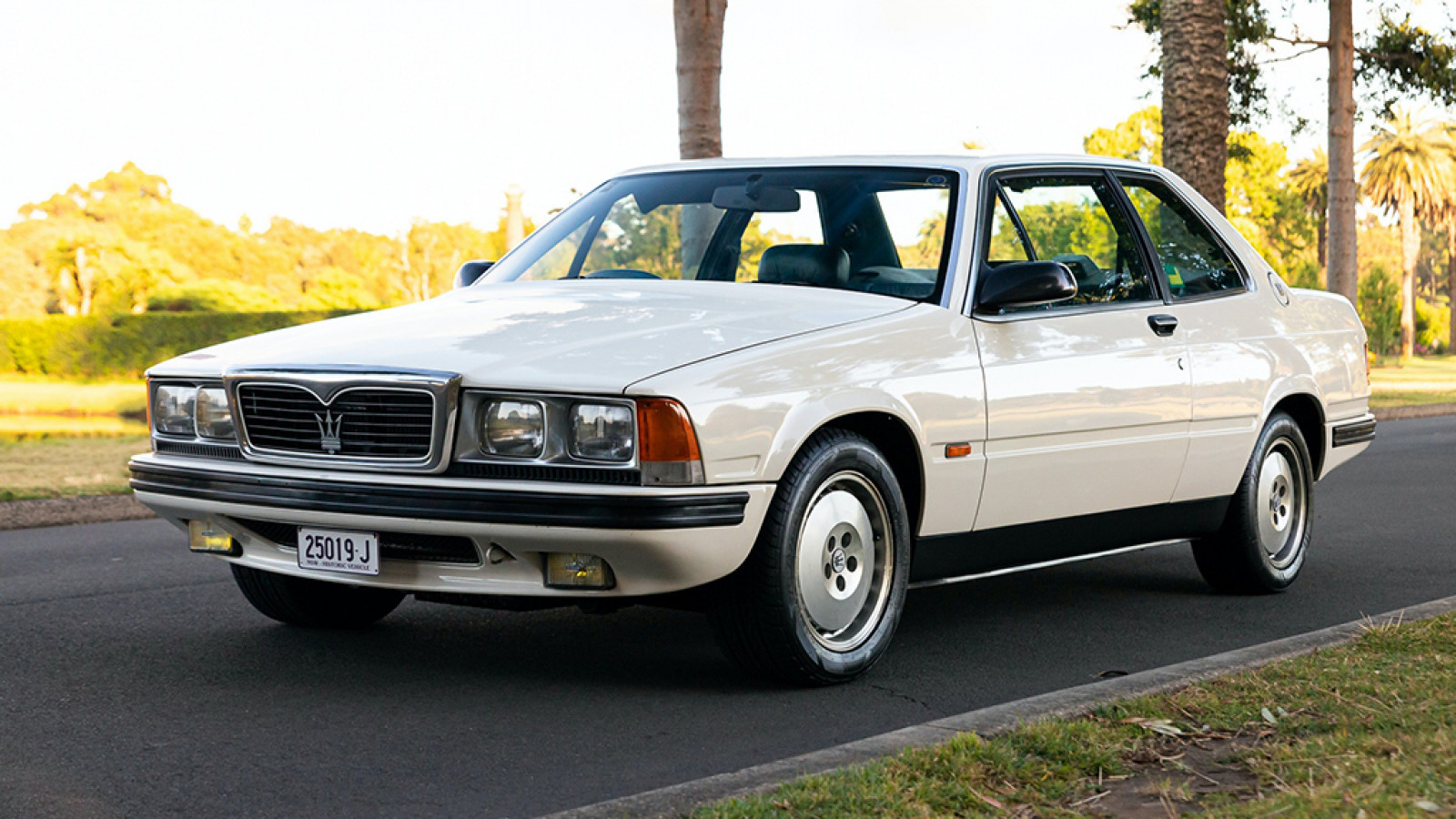 © Collecting Cars
© Collecting Cars -
 © Maserati
© Maserati -
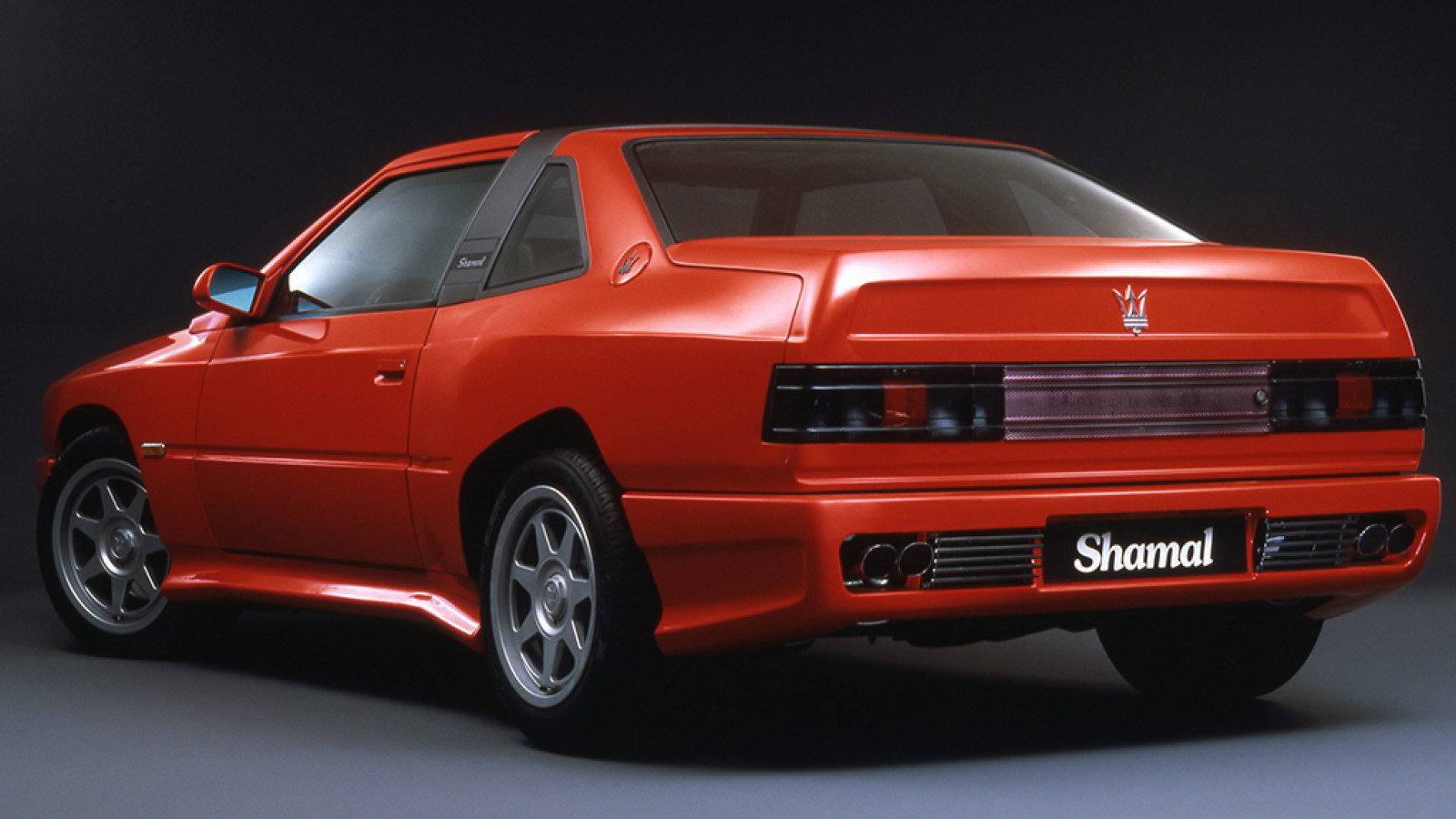 © Maserati
© Maserati -
 © Maserati
© Maserati -
© Vintage Tyres
-
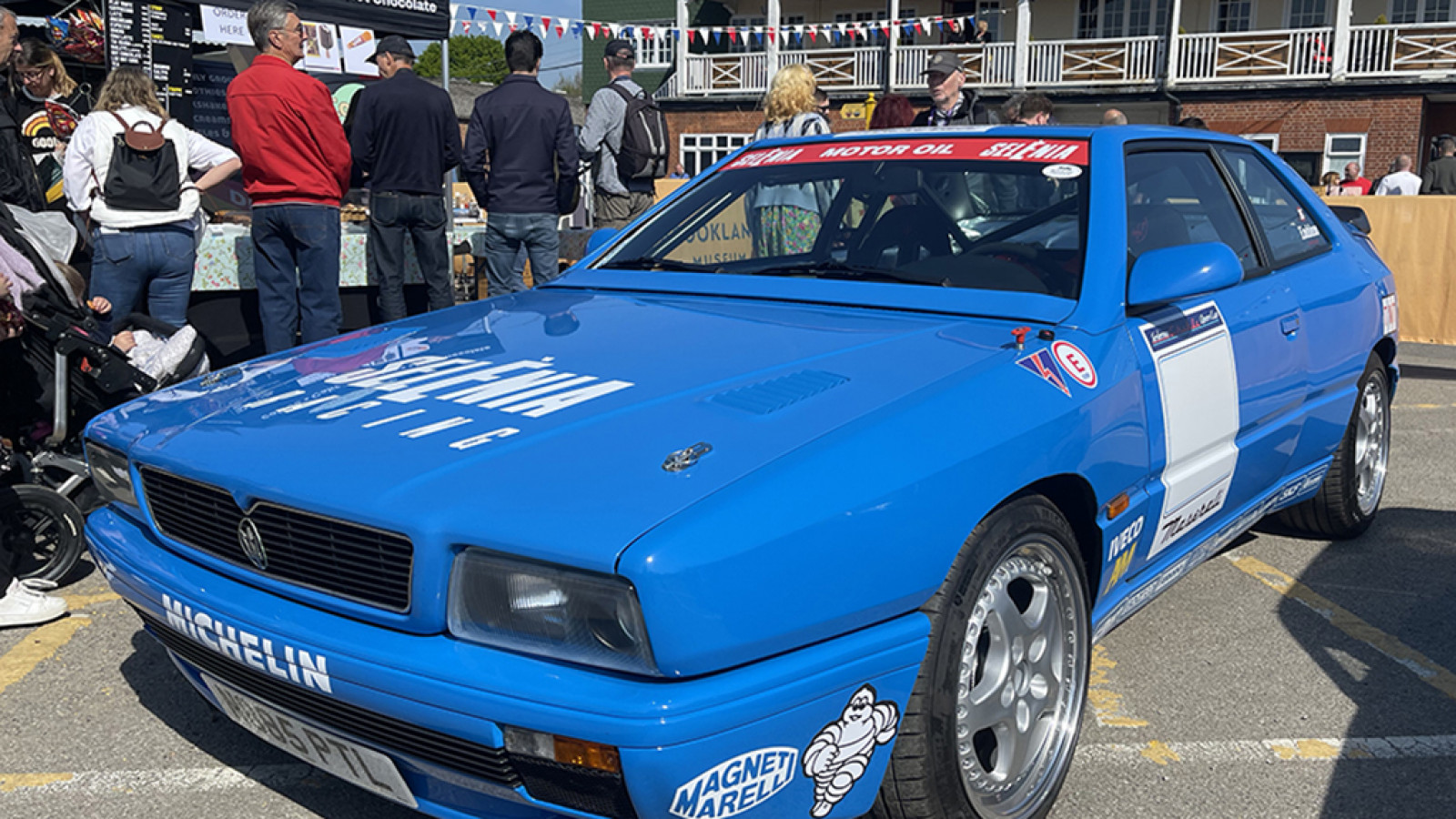 © Vintage Tyres
© Vintage Tyres -
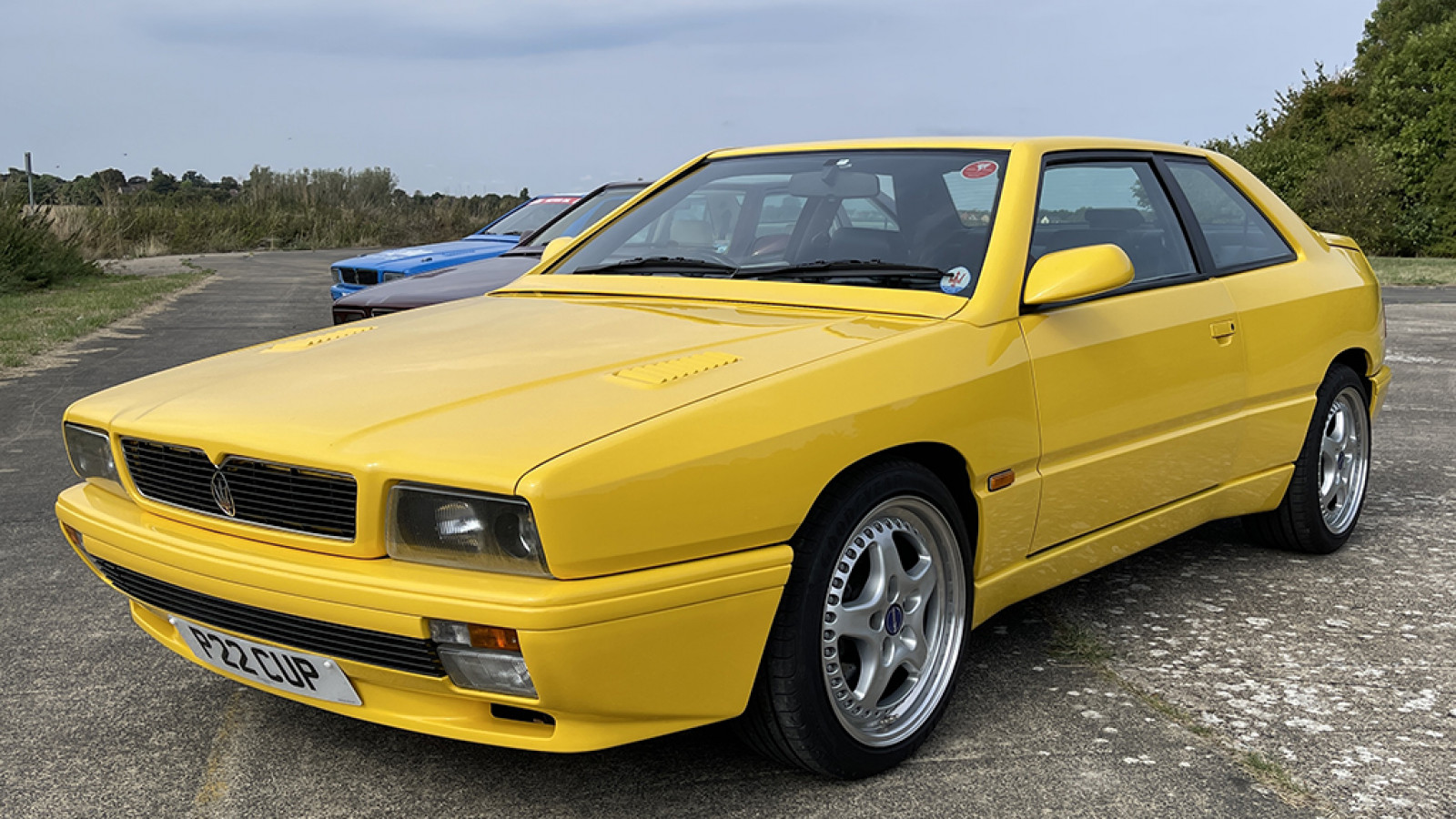 © Vintage Tyres
© Vintage Tyres -
© Vintage Tyres
-
© Vintage Tyres
-
© Vintage Tyres
-
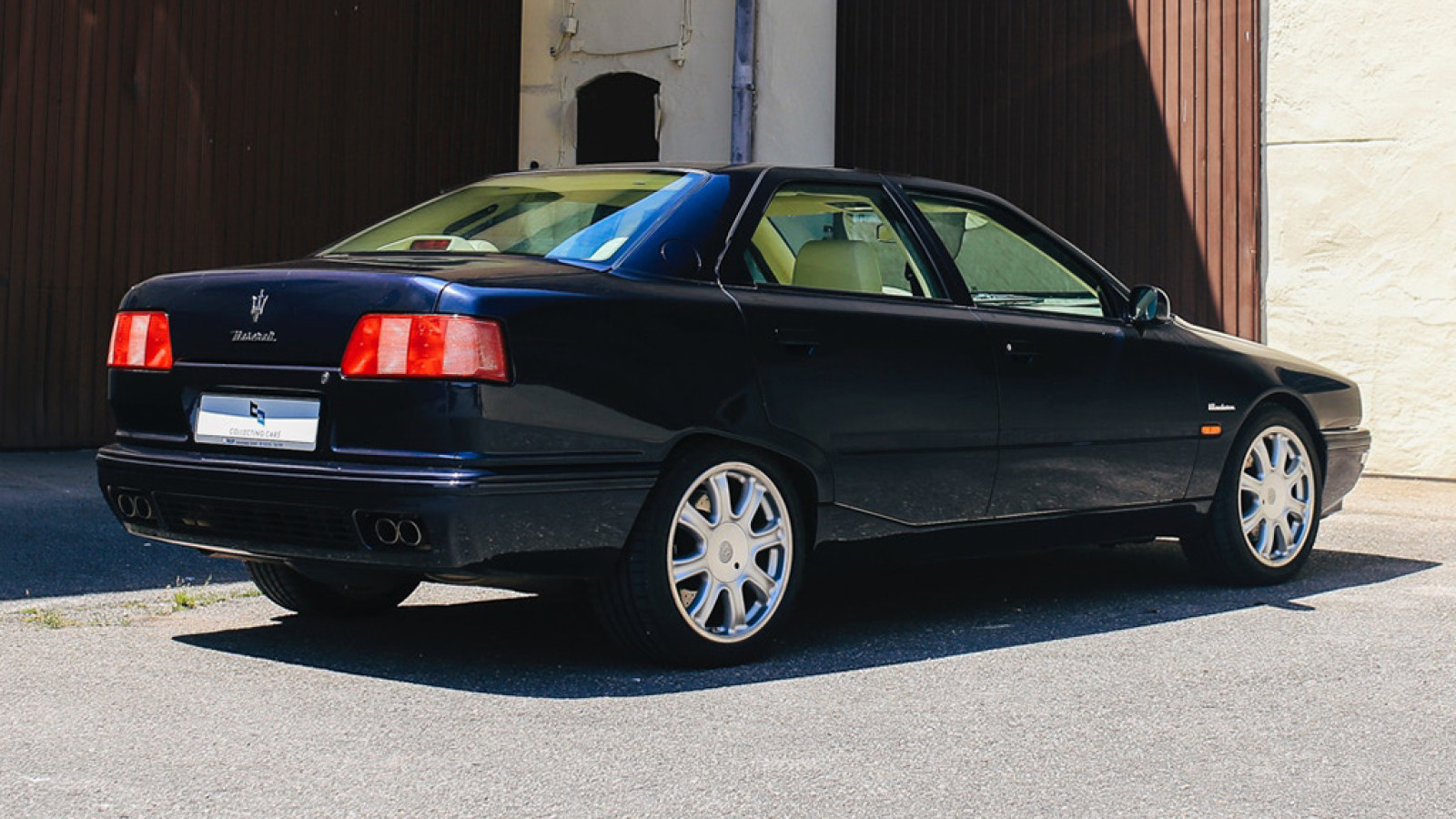 © Collecting Cars
© Collecting Cars -
© Vintage Tyres
-
 © Vintage Tyres
© Vintage Tyres
-
The Trident’s turbos
Maserati is back! And the new MC20, Grecale and GranTurismo seem to be going down well with the press and owners alike.
At the heart of all these is the innovative Nettuno dry-sump, twin-turbo V6 that uses twin-spark and pre-chamber ignition technology to produce 621bhp in the MC20 supercar.
However, Maserati has form with twin-turbo engines – indeed, the first twin-turbo production car was the Biturbo, back in 1981.
The car has become a target of hate and copy-and-paste opinions in lists of terrible cars. However, the truth was that it was the right car at the right time for its maker and the country of its birth.
Sadly, the execution didn’t quite match up to the hype…
-
Right car, right time, wrong moves…
At the time, showing your wealth in Italy could lead to death threats.
Inspired by BMW’s 3 Series, then-Maserati owner Alejandro De Tomaso saw the potential for a high-performance sports coupé and saloon that offered all the performance of a sports car, but without the show-off image.
It generated huge interest at the time and a massive amount of orders – and long waiting lists.
Unfortunately, in a bid to match these orders, the car was rushed into production, with build quality and hot-starting problems with the carburettor engines leading to declining customer sentiment.
Such problems saw Maserati forced to leave the USA in the early 1990s.
-
Too little, too late
The introduction of fuel injection and continual improvements had solved all the early problems.
Sadly, the ‘Biturbo’ curse continued long after the name had actually been dropped, replaced with a baffling array of numbers and variants.
Later models, such as the Ghibli II and Shamal, were received well, but it didn’t stop Maserati sliding into debt and eventually Fiat and then Ferrari ownership.
However, in the years since, the Biturbo and all its variants have become cult cars, offering sharp-edged looks from Marcello Gandini and Zagato that are starting to be appreciated in the same way as the Alfa Romeo SZ and Lancia Delta Integrale.
-
Greater appreciation
As such, prices are now on the rise, as appreciation continues to grow – they’re also exciting to drive.
So we’ve provided a helpful guide to not only the Biturbo and its variants, but the special versions that it spawned such as the Ghibli II, including the later V8 models like the 3200.
It can be confusing. But the fundamentals are that Italians chose a 2-litre displacement to get around home tax laws, leaving bigger-engined versions for export markets.
Which classic twin-turbo Masersti would you choose to give your life a boost?
-
Biturbo (1981-1985)
This is the original, released to a rapturous Italian public.
Demand was so great that Maserati upped production far too quickly for quality to be maintained, which would backfire later down the line.
Early cars feature fascinating Missoni interiors that are either awful or wonderfully kitsch, depending on your taste.
The 2-litre V6 is good for a BMW 325i-besting 177bhp – 9206 were built.
-
Biturbo E (1983-1985)
Such was the demand from its home market that the export model took a full two years to appear.
When it did, it featured a 2.5-litre version of the twin-turbo V6 that was good for 182bhp – 4577 were built.
However, by this time the car was already struggling with poor customer sentiment over hot-starting issues, poor build quality and somewhat challenging handling in the wet, thanks to an antiquated rear diff.
-
Biturbo S (1983-1986), Biturbo ES (1984-1985), Biturbo S 2.5 (1984-1988)
The first sporting model was only available to Italy and France, with the 2-litre engine now producing a lofty 202bhp – 1038 were built.
A year later the Export version appeared with a 2.5-litre version of the engine which matched the French/Italian car’s output, of which 1480 were produced.
The Biturbo S 2.5 offers a catalytic converter and 193bhp, plus the S features a black-mesh grille and external trim in dark bronze, rather than chrome, while the colour choices were limited to silver or red.
-
Biturbo II (1985-1987), Biturbo S II (1985-1986), Biturbo E II 2.5 (1985-1987)
The first major revisions to the Biturbo template appeared in 1985.
The cylinders received Nikasil coating, while a Sensitork limited-slip differential replaced the earlier Salisbury unit.
There’s also a larger fuel tank and Biturbo S-style wheels.
-
Biturbo i (1986-1990), Biturbo Si (1986-1988), Biturbo Si Black (1986-1988), Biturbo Si 2.5 (1987-1991)
The biggest and most important development was the introduction of fuel injection, which at a stroke solved most of the hot-starting problems that had plagued the earlier carb cars.
However, it was too little too late and the Biturbo’s name was tarnished; the firm would soon pull out of the American market.
The i, Si and Si Black were all 2-litre cars for the Italian market.
The i was the entry point to the range with 185bhp, while the Si model offers a BMW 635CSi-rivalling 217bhp.
The Si 2.5 model was for export markets, with a catalytic converter-strangled 185bhp, and the Si Black was a special edition only available in metallic black.
-
222 (1988-1990), 222 E (1998-1993), 222 SE (1990-1991)
The Biturbo name was dropped in the face of a sharp drop off in orders. In its place came the naming convention inherited from the four-door cars (more on those later).
So, 222 meant two doors, a 2-litre engine and second generation – it also marked the debut of Marcello Gandini’s first restyling of the range.
The 222 was an Italian-market-only model and made 217bhp, while the 222 E was the export version, now up to 2.8 litres, which made 247bhp without a catalytic converter and 222bhp with it (US market).
The 222 SE offered a sportier look inspired by the earlier S range, thanks to its bodykit plus a choice of silver, black or red paint; 210 were sold.
-
2.24v (1988-1992)
This Italian-market-only version saw the introduction of the dual-overhead camshaft version of the 2-litre engine.
That resulted in 241bhp and 1147 of these Maseratis were produced.
-
2.24v II (1991-1993), 222 SR (1991-1993)
Gandini’s second restyling drew inspiration from Maserati’s Shamal (more on that later).
The Italian-market 2.24v II now had a catalytic converter on its 2-litre double-overhead camshaft engine, dropping power to 237bhp.
Meanwhile, at this point the export-market 222 SR replaced the 222 SE, its 2.8-litre single-overhead camshaft engine producing 221bhp due to the introduction of catalytic converters.
Electrically adjustable Koni suspension was now an option.
-
Racing (1991-1992)
This Italian-market-only Maserati Biturbo variant used the dohc 2.24v as its base, and added Koni adjustable damping with a Getrag five-speed gearbox.
The engine was the star of the show.
A lighter crankshaft, sodium-filled exhaust valves, revised combustion chambers, lighter connecting rods, forged pistons and new IHI turbos upped power to 282bhp from just 2 litres – it was the highest output per litre of any car on sale at the time and 230 were built.
-
222 4v (1991-1994)
This export-market model matched double-overhead camshafts with a 2.8-litre engine for the first time.
The result? 275bhp, plus it had similar styling cues to the Racing model – 130 of these were built.
-
425 (1983-1989), 420 (1985-1986), 420 S (1985-1987)
The four-door version of the Maserati Biturbo, the 425, made its debut in 1983, initially with the carb-fed 2.5-litre sohc engine usually reserved for the two-door’s export markets; it made 197bhp.
The body was 8.6cm longer and, from the A-pillar backwards, completely different to the two-door models.
The Italian market-only 420 (pictured) introduced in 1985 offers 177bhp from a carb-fed 2-litre engine.
There was also the Italian-market-only S model that blended sportier looks with a carb-fed 2-litre engine.
-
425i (1987-1989), 420i (1986-1988), 420Si (1986-1988)
Next, fuel injection replaced carburettors, adding around 5bhp.
As before, the 425i has the 2.5-litre engine, while the 420i and 420Si (pictured) are Italian-market models that use 2-litre engines.
-
430 (1987-1994)
The Maserati 430 was Italy’s answer to the BMW 535i
It blended a 2.8-litre version of the sohc engine with fuel injection to provide 221bhp.
-
422 (1988-1992)
This Italian-market-only model now follows the two-door’s naming convention: the four refers to the number of doors.
Its 2-litre sohc engine gives 217bhp.
The Maserati 422 also carries the first of the Gandini redesigns, originally displayed on the two-door models.
-
4.24v (1990-1992), 4.18v (1990-1992), 4.24v II (1991-1993)
We now come to an odd time of overlapping models in the Maserati Biturbo story, so please bear with us.
The 4.18v was a rare Italian-market-only model, of which just were 77 built. It featured the three-valve cylinder head with the sohv 2-litre engine for 217bhp.
The 4.24v was also an Italy-only model, but had a dohc version of the 2-litre engine which was good for 241bhp.
Then the 4.24v II appeared in 1991 and overlapped with the normal model – its dohc 2-litre engine with a cat offered 237bhp. This model was also the first to feature the the second, Shamal-inspired Gandini styling.
-
430 4v (1991-1993)
There was also the 430 4v, the four-door saloon version of the 222 4v.
That meant it had the dohc 2.8-litre engine good for a BMW M5-rivalling 276bhp.
-
Spyder (1984-1988), Spyder 2500 (1984-1988)
Though visually similar to the Biturbo, Maserati’s Spyder was almost entirely different from the windscreen backwards.
Designed by Zagato, it was 144mm shorter than the coupé. Zagato built the cars for the first few years, before employment politics forced production to move to the Innocenti factory.
The Italian-market-only Spyder used the carb-fed 2-litre sohc engine (180bhp), while the 2500 was powered by the carb-fed 2.5-litre sohc motor (192bhp).
-
Spyder i 1990 (1989-1991)
One name, three variants, all benefiting from fuel injection, and the first Gandini restyling introduced on the two and four doors in 1988.
There was now 220bhp for the Italian-market-only sohc 2-litre unit, while the export-market 2.8-litre sohc engine generated 249bhp without a cat, 225bhp with one.
-
Spyder III (1991-1994), Spyder III 2800 (1991-1994)
At this point, the second Gandini restyling was applied to the drop-top models.
The Italian-market 2-litre engine now got double-overhead camshafts for 245bhp without a cat, 240bhp with.
There was also the export-market 2800 model with a sohc version of the 2.8-litre engine, giving 225bhp.
-
228 (1986-1992)
Conceived to take on the likes of the Mercedes-Benz 450SLC and Jaguar XJ-S, the Maserati 228 blended the four-door’s platform with a two-door body to create a big, luxurious coupé, wearing a very large chrome grille on the front.
Power came from a sohc 2.8-litre version of the V6 with 247bhp or 221bhp, depending on whether you had a catalytic converter fitted; 469 were built.
-
Karif (1988-1991)
For the Karif, Maserati took the shortened Spyder chassis with a hardtop and introduced the most powerful version of the Biturbo engine.
This was the sohc 2.8-litre unit said to produce 282bhp, though this was later revised down to 244bhp, and then 221bhp with this introduction of cats.
The model is memorable for Gavin Green’s very sideways review in CAR magazine back in the day – 221 were built.
-
Shamal (1990-1996)
The short-wheelbase Karif formed the basis of the Gandini-styled Shamal, a GT cruiser with a brand-new 3.2-litre twin-turbo V8 – essentially, the Biturbo’s V6 with two extra cylinders.
It was the last model announced under Alejandro De Tomaso’s rule and 369 were built.
The engine produced 322bhp and 318lb ft of torque; it’s good for a 5.3-sec 0-60mph sprint and a 168mph top speed.
The plush interior with 2+2 seating made this a long-distance missile for the committed.
-
Barchetta (1991-1992)
Even though Maserati had been forced to leave the US market, De Tomaso was always eyeing a return and the Barchetta was intended to evoke memories of racing successes of the 1950s and ’60s.
Designed for a one-make series that never really got off the ground, it featured a 2-litre version of the Biturbo engine tuned to 315bhp in a 775kg carbonfibre body.
That meant it could hit 180mph – and some hardy people have converted their cars for road use.
The race series halted after 16 races and just 17 examples were built. The car went on to form the basis of the De Tomaso Guara.
-
Ghibli II (1992-1996), Kit Sportivo (1995)
While the essential frame of the Gandini-styled Ghibli II was derived from the Biturbo, the new car broke fresh ground in terms of build quality and performance.
The Italian market got 302bhp 2-litre twin-turbo dohc V6, while export markets received the torquier dohc 2.8-litre motor with 280bhp.
A revised interior, larger alloys and new wing mirrors came on stream from 1994 onwards, then a five-speed gearbox replaced the six-speed in ’95.
Also in 1995, the Kit Sportivo special edition appeared, with OZ split-rim alloys and revised dampers, springs and anti-roll bars.
-
Ghibli II Open Cup (1995-1996)
These models contested a one-marque racing series that largely followed the DTM championship.
The inaugural year was a success, with guest drivers such as Tiff Needell, Miki Biasion, Paul Radisich and more.
The second season, with a much more aggressive aero kit, was cancelled after a few rounds due to cost, said Maserati at the time.
However, rumours abounded that fellow Fiat Group stablemate Ferrari was upset the cars were lapping faster than its one-make racers.
Most cars were converted to road cars, with whatever bits were lying around the factory; some will have Shamal interiors, for example.
-
Ghibli II Cup (1995-1997)
Inspired by the racing series, this was a much more aggressive, sportier version of the Ghibli II and previewed many of the improvements on the later GT, which we will come to soon.
The Ghibli II Cup featured a Ferrari 456 differential, a sportier suspension set-up and a more powerful 2-litre engine (more so than the racing cars); 60 were built.
For the Japanese market, the model received the same tweaked chassis and a more potent 2.8-litre motor – and it is rare, too, with only 17 made.
-
Ghibli II GT (1996-1998)
The final normal version of the Maserati Ghibli introduced several improvements carried over from the Cup (including the redesigned rear suspension), but with a more luxury-focused set-up and new 17in alloys.
As before, it was a 2-litre engine for the Italian market, 2.8 for export markets.
-
Ghibli II Primatist (1997)
But we are not quite done with Ghiblis yet.
The Ghibli II Primatist of 1997 was a special edition built to celebrate Guido Capellini breaking the world speed record over a flying kilometre in a Ghibli Cup-engined speedboat (134.653mph).
It was finished in Ultramarine Blue and had a two-tone turquoise/bright-blue-leather interior and polished burr walnut trim. The engine was unchanged from the standard 2-litre unit.
-
Quattroporte IV (1994-1998) Ottocilindri (1996-1998)
The Quattroporte also used the Maserati Biturbo engine.
The Gandini-designed four-door initially had the same engines as the Ghibli II – an Italian-market 2-litre and an export-market 2.8.
A 3.2-litre twin-turbo V8, developed from the Shamal, appeared in the Ottocillindri model in 1996.
-
Quattroporte IV Evoluzione (1998-2001)
Ferrari acquired the controlling stake in Maserati in 1997 and set about updating the Quattroporte IV, which had received a mauling in the press.
Around 800 items were changed, plus the 2-litre V6 was dropped from the range, leaving the 2.8 V6 and 3.2 V8 options.
-
3200GT (1998-2002)
This Giugiaro-styled replacement for the Ghibli II and Shamal used the same twin-turbocharged V8 developed for the Quattroporte IV, but with significantly more power: 365bhp.
That’s a conservative estimate, because it’s widely believed it was under-reported to save the blushes of Ferrari – it certainly feels like rather more when the turbos spool up.
The Maserati 3200GT was a big success, selling 4795 cars in four years, more than double what the Ghibli II managed in six years. It could be had with either a six-speed manual or four-speed automatic gearbox.
-
3200 Assetto Corsa (2002)
The final fling for the Biturbo engine, this would be the last Maserati to feature an in-house-designed engine until the MC20 two decades later.
The twin-turbo motor was replaced with a naturally aspirated Ferrari-derived unit for an assault on the USA with the similarly styled 4200 and GranSport.
The Assetto Corsa featured a lower, stiffer suspension set-up, and had a larger anti-roll bar and a choice of either silver, red or black paint – 259 were built.
